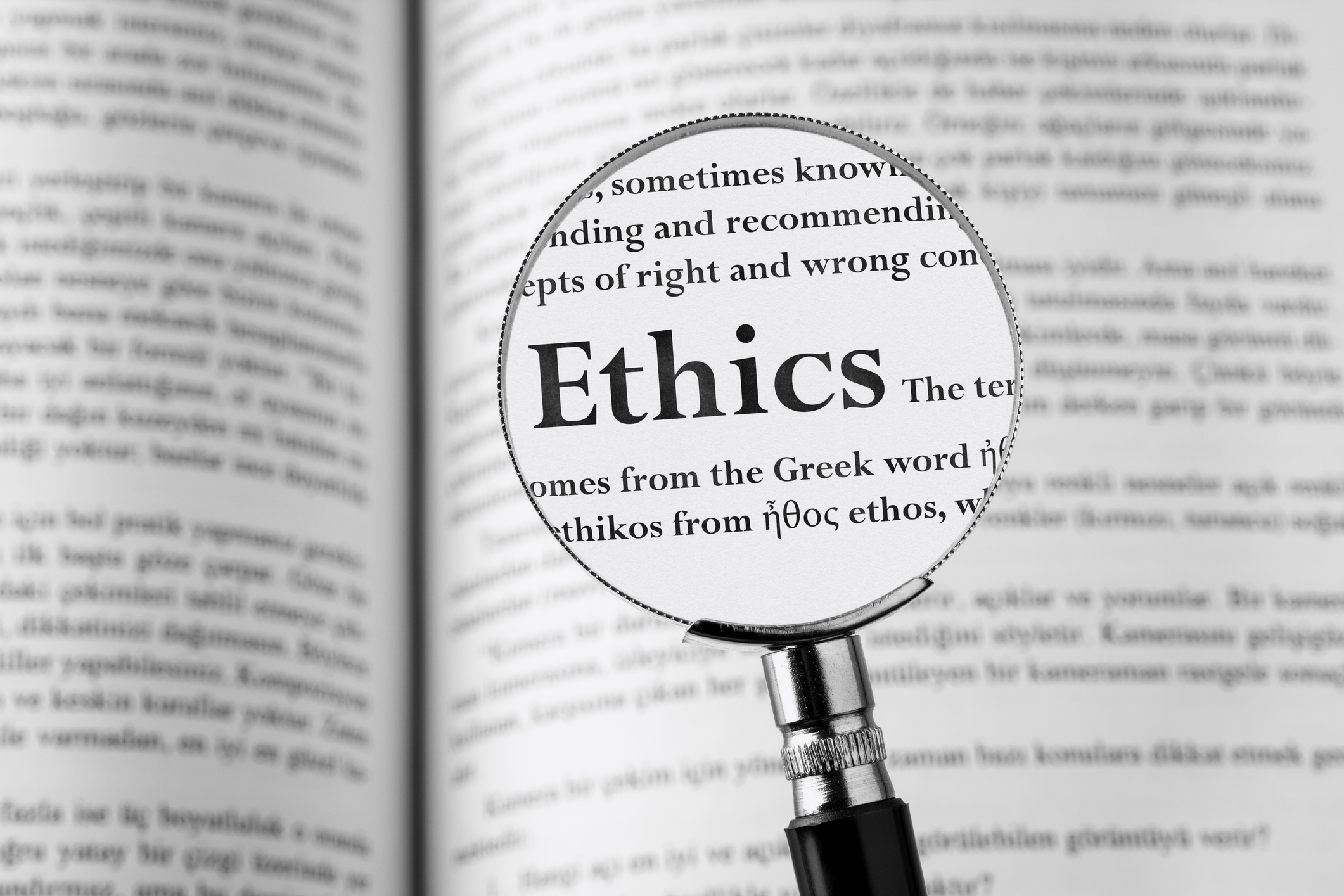23 Oct Grant Management: Audit Requirements and Responsibilities
Grant Management: Audit Requirements and Responsibilities Session 8 of the Grant Management Series Grant recipients have an ethical and legal responsibility to follow established guidelines and best practices participating in an audit. In the Audit Requirements and Responsibilities webinar, the presenter will highlight these responsibilities and will...










